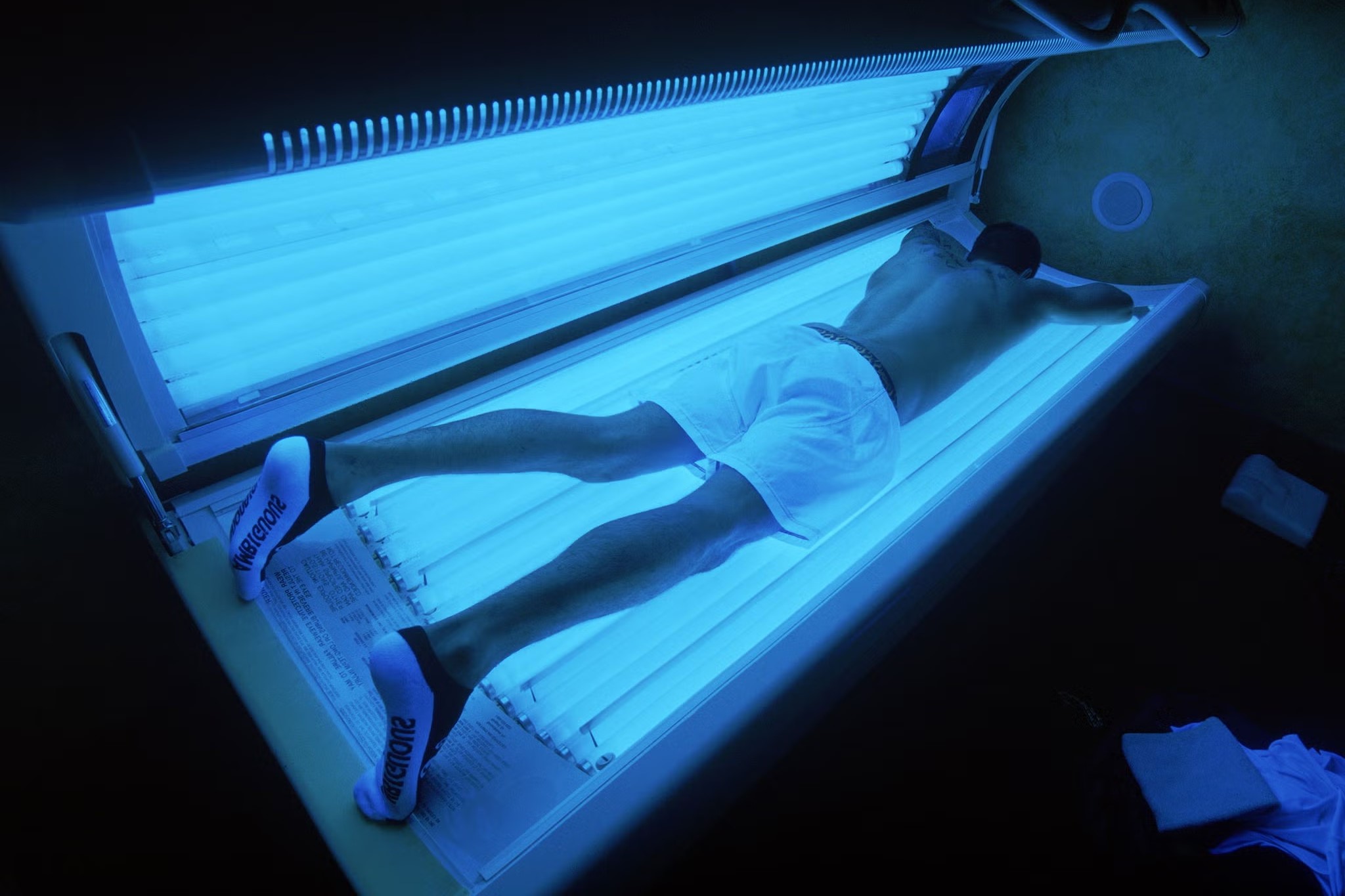
Are tanning beds bad for you? The short answer is yes. Tanning beds might give you that sun-kissed glow, but they come with serious risks. Using them increases your chances of developing skin cancer, including melanoma, the deadliest form. They also speed up skin aging, causing wrinkles and age spots. The UV radiation from tanning beds can damage your eyes, leading to cataracts or even blindness. Many people think tanning beds are safer than the sun, but that's a myth. In fact, they can be even more harmful. Want to know more? Keep reading to learn the facts and protect your skin.
Are Tanning Beds Bad For You?
Tanning beds have become a popular way to achieve a sun-kissed glow without spending hours under the sun. However, the health risks associated with their use have raised concerns. Here are some important facts to consider.
Health Risks of Tanning Beds
Understanding the potential health risks is crucial before deciding to use tanning beds.
-
Increased Skin Cancer Risk: Tanning beds emit UV radiation, which can damage skin cells and increase the risk of skin cancer, including melanoma, the deadliest form of skin cancer.
-
Premature Aging: UV radiation from tanning beds can accelerate the aging process, leading to wrinkles, age spots, and loss of skin elasticity.
-
Eye Damage: Exposure to UV radiation without proper eye protection can cause serious eye conditions, such as cataracts and photokeratitis, also known as corneal sunburn.
Misconceptions About Tanning Beds
Many people believe that tanning beds are a safer alternative to natural sunlight. Here are some common misconceptions.
-
"Base Tan" Myth: Some think that getting a "base tan" from a tanning bed can prevent sunburn. However, any tan is a sign of skin damage, and a base tan offers minimal protection against UV radiation.
-
Vitamin D Production: While UVB radiation helps produce vitamin D, tanning beds primarily emit UVA radiation, which is less effective for vitamin D synthesis and more harmful to the skin.
Regulations and Safety Measures
Governments and health organizations have implemented regulations to mitigate the risks associated with tanning beds.
-
Age Restrictions: Many countries have age restrictions for tanning bed use, typically prohibiting minors from using them to protect young skin from damage.
-
Warning Labels: Tanning beds are required to have warning labels that inform users about the potential health risks, including skin cancer and eye damage.
-
Time Limits: Regulations often include time limits for tanning sessions to reduce the amount of UV exposure and minimize health risks.
Alternatives to Tanning Beds
For those seeking a tan without the associated health risks, there are safer alternatives available.
-
Self-Tanning Products: Lotions, sprays, and mousses can provide a tan without UV exposure. These products contain dihydroxyacetone (DHA), which reacts with the skin's surface to create a temporary tan.
-
Spray Tans: Professional spray tans offer an even, natural-looking tan without the need for UV exposure. They are applied by a technician using a spray gun.
Personal Stories and Statistics
Hearing from individuals who have experienced the negative effects of tanning beds can be eye-opening.
-
Survivor Stories: Many skin cancer survivors share their stories to raise awareness about the dangers of tanning beds and encourage others to avoid them.
-
Statistics: According to the Skin Cancer Foundation, people who use tanning beds before age 35 increase their risk of melanoma by 75%.
Final Thoughts on Tanning Beds
Considering the health risks, misconceptions, and safer alternatives, it's important to make informed decisions about tanning.
- Expert Recommendations: Dermatologists and health experts recommend avoiding tanning beds altogether and opting for sunless tanning methods to achieve a healthy glow without the risks.
Final Word on Tanning Beds
Tanning beds might give you that sun-kissed glow, but they come with serious risks. Skin cancer, premature aging, and eye damage are just a few of the dangers. Ultraviolet (UV) radiation from tanning beds is much stronger than natural sunlight, making it more harmful. Even occasional use can increase your risk of melanoma, the deadliest form of skin cancer.
If you’re looking for a safer alternative, consider self-tanning lotions or spray tans. They can give you a bronzed look without the harmful effects of UV radiation. Remember, no tan is worth risking your health. Always prioritize sun protection by using sunscreen, wearing protective clothing, and seeking shade whenever possible. Stay informed and make choices that keep your skin healthy and glowing for years to come.
Was this page helpful?
Our commitment to delivering trustworthy and engaging content is at the heart of what we do. Each fact on our site is contributed by real users like you, bringing a wealth of diverse insights and information. To ensure the highest standards of accuracy and reliability, our dedicated editors meticulously review each submission. This process guarantees that the facts we share are not only fascinating but also credible. Trust in our commitment to quality and authenticity as you explore and learn with us.


